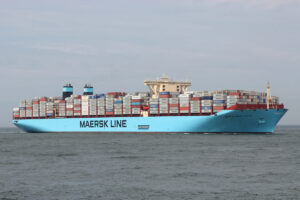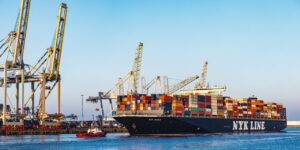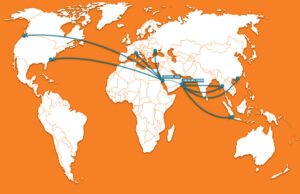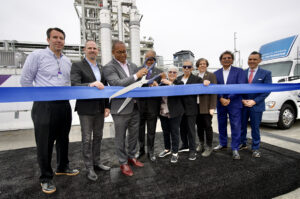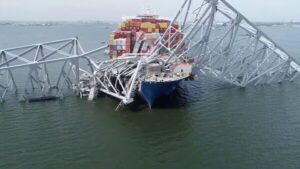Port of Hamburg in Germany has reported that increases in calls by containerships in its third quarter are not being fully capitalized upon due to environmentalists delaying dredging work.
The port’s visits by vessels with slot capacities of ultra-large containerships between 18,000 and 20,000-plus TEU have increased by 87.8% to 77 when compared to figures for the same period in 2016.
But Port of Hamburg’s joint CEOs have reported that the outstanding adjustment of the Elbe fairway is the main reason behind a slight growth in container traffic as the vessels are unable to call and leave Hamburg optimally loaded.
Of the 6.8 million TEU handled in Hamburg in the first nine months, 3.5 million TEU were import containers (up 0.7%) and 3.2 million TEU were export containers (up 0.1%)
Ingo Egloff, Joint CEO of Port of Hamburg Marketing, said: “Adjustment of the fairway is essential for Hamburg and should at last be put into effect.
“Higher draft and improved opportunities for passing on the Elbe will offer increased safety and flexibility for traffic control on the Elbe, also producing tremendous advantages for merchant shipping.
“Mega-containerships will be able to bring/take away an additional 1,600 and more containers (TEU) per call to/from Hamburg.”
Read a related paper by Gerald Hirt on how the HHLA successfully mastered megaship traffic using a unique terminal collaboration model, the Hamburg Vessel Coordination Center
The port’s international customers are still waiting for implementation of fairway dredging despite the qualified planning approval granted in 2012 and Federal Administrative Court decision in favour of the project earlier this year.
Egloff added: “The fact that the bodies objecting also seemingly continue to pursue the aim of a final rejection of the dredging of the fairway also deserves criticism.
“In doing so, they wholly ignore the damage to the national economy caused by a blockade that has already lasted years and the additional adverse economic effects on the further development of the port and the jobs involved.”


